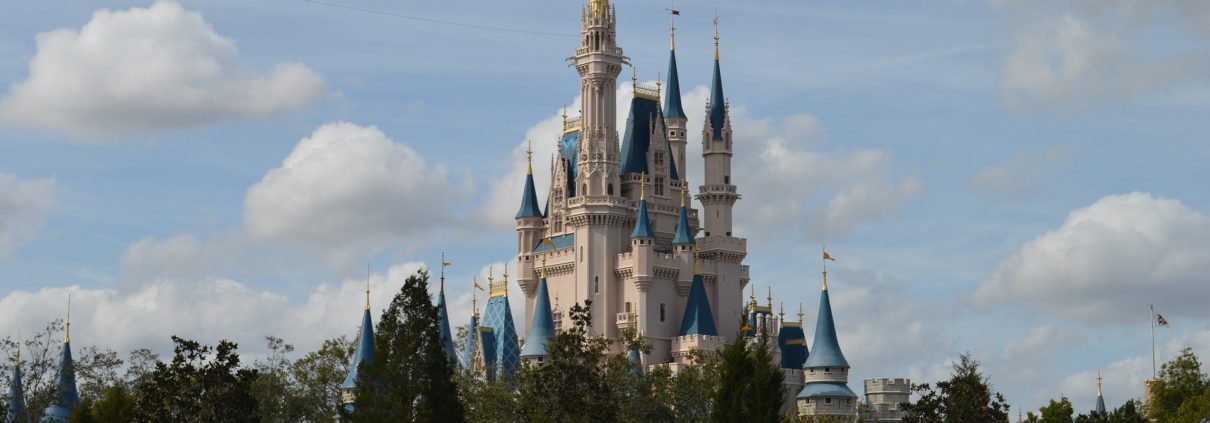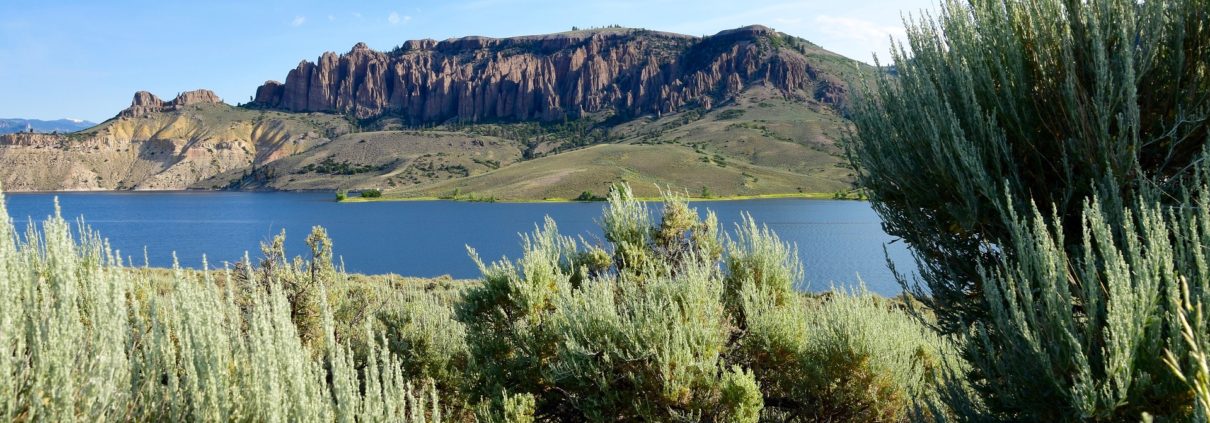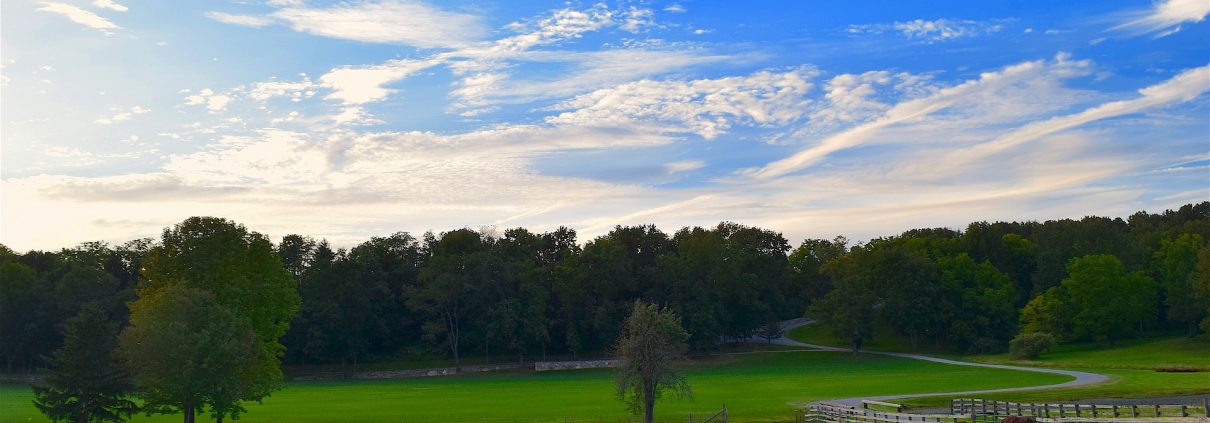Disney World: The Greatest Land Story Of All Time
[Update: We are re-sharing this on Oct. 1, 2021, the 50th birthday of Walt Disney World in Florida. Some of the information in the original post below may be outdated.]
The story of how Disney World’s land was bought is as fascinating as any of Walt’s fairy tales. Who would have guessed that buying the land for such a wholesome place like Disney World would be such a wild ride? This is the story of one of the most successful transitional land sales in American history and what we can learn from it today.
In the 1960s, Walt Disney was looking for a place to build a second Disney park. Disneyland in California was a success, but Disney didn’t like the businesses that cropped up around his theme park. He wanted more control over the surrounding land for his next park.

Disney had a laundry list of requirements for the new land. Not only did it need to be plentiful and affordable, the land also needed to have pleasant weather year round so guests could enjoy the park 365 days a year. It also had to be near a major city with strong infrastructure and highways.
He looked at land in California and New York, but the properties were too small or the land was too expensive. Finally, Disney found exactly what he needed near Bay Lake in Orlando, Florida.
Florida had everything Disney was looking for in a location. The landowners at the time were happy to sell their swamp land, which they thought had little to no value. So, Disney and his associates bought the land through shell corporations with names like M. T. Lott (you can’t make this stuff up!).
The reason Disney used shell companies was that he knew the prices would skyrocket as soon as he was revealed as the buyer. If land sellers knew a millionaire wanted their land for a project that would be even bigger than Disneyland, they could set their prices as high as they wanted.
 As more and more land was bought under shell companies, locals became suspicious. They didn’t believe someone named M.T. Lott was actually buying up the land. Rumors swirled about who could be buying up this land. Some people believed it was NASA buying land to support the nearby Kennedy Space Center. Other names floating around were Ford, the Rockefellers, Howard Hughes, and of course, Disney.
As more and more land was bought under shell companies, locals became suspicious. They didn’t believe someone named M.T. Lott was actually buying up the land. Rumors swirled about who could be buying up this land. Some people believed it was NASA buying land to support the nearby Kennedy Space Center. Other names floating around were Ford, the Rockefellers, Howard Hughes, and of course, Disney.
Disney successfully bought 27,000 acres of land for cheap via his shell corporations. He might have been able to buy every single acre like that had he not slipped up in an press conference when editor Emily Bavar asked him point-blank if he was the one buying up the land. Disney was so caught off guard by the question that it was clear he was the buyer. As soon as it was revealed who was buying the land, prices shot up. Some land even skyrocketed up to $80,000 an acre!
When the Florida government found out who was buying all the land, they gave Disney the right to make decisions about zoning. This pleased Disney, who didn’t like to answer a lot of outsider questions. The Disney team transitioned the land by adding dirt to the swamp land, making it easier to build and walk on.
Today, Disney World takes up twice as much land as all of Manhattan. A sizeable amount of that is undeveloped. As per Disney’s request, around a third of the land is protected wetlands.
The Orange County Appraisers office has appraised Disney World’s property value to be over 1.3 billion dollars.
There are so many amazing lessons we can take today from this transitional land story. Here are just a few:
- Transitional land can be extremely profitable.
- Even land that some consider ‘low-value’ can become profitable when put to its highest and best use.
- When selling land, it can pay off to do a little digging to find out who your client is!
- Have a clear list of what you need out of a property.
- The perfect land for you might not be in the first place you look.
- Prepare yourself for tough questions ahead of time if you have to do a press conference.
Sometimes, truth really is stranger than fiction. In the case of the transitional land sale that turned into Disney World, we hope this wild story reminds you to always dream big. If you are interested in learning more about transitional land real estate transactions, check out our newly updated Transitional Land Real Estate LANDU course by checking our Upcoming Courses page.





 About the author: Jessa Friedrich, MBA, is the Marketing Manager for the REALTORS® Land Institute. Jessa has a Bachelor of Science with a dual major in Business Administration and Marketing as well as her MBA specializing in Marketing. She has been with RLI since March 2015 leading their marketing, branding, and communications.
About the author: Jessa Friedrich, MBA, is the Marketing Manager for the REALTORS® Land Institute. Jessa has a Bachelor of Science with a dual major in Business Administration and Marketing as well as her MBA specializing in Marketing. She has been with RLI since March 2015 leading their marketing, branding, and communications.